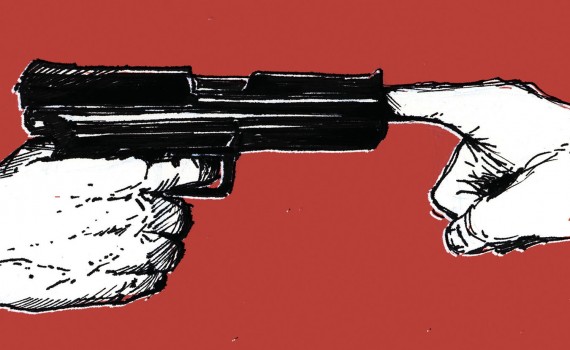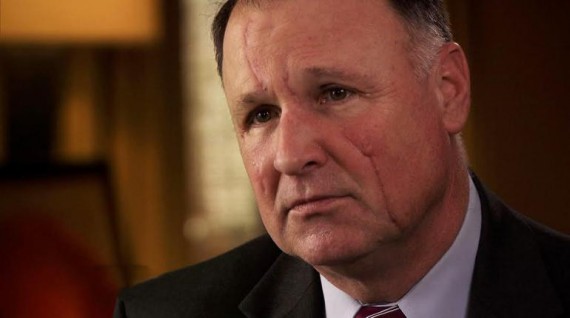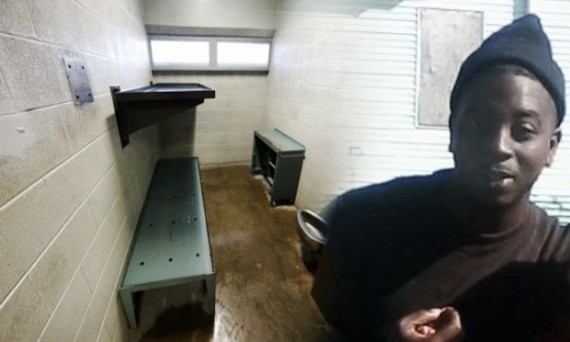
Two women meet, fall in love and become one of the first gay couples to legally marry only to have their lives shattered when they are sexually attacked in their home and one of them is viciously murdered. Incredibly, the survivor in this true life crime story forgives the rapist/murderer. And yes, that man has a mental illness.
The book’s publisher sent me a pre-publication copy of this story because he hoped I would write a “blurb” — one of those gushing quotes printed on book covers to lure buyers. Although the writer did an excellent job explaining how deinstitutionalization and a lack of community mental health services have led to our jails and prisons becoming defacto mental asylums, I declined.
Book blurbs are one or two sentences and I couldn’t write an endorsement in twenty words that explained the perpetrator in this book was not typical. Most persons with mental illnesses are not dangerous. They are not rapists and murderers. They are more likely to be victims rather than committers of crimes.
Yet, here was an example of a mentally disturbed man who was very dangerous and very violent. How do we explain his actions?






